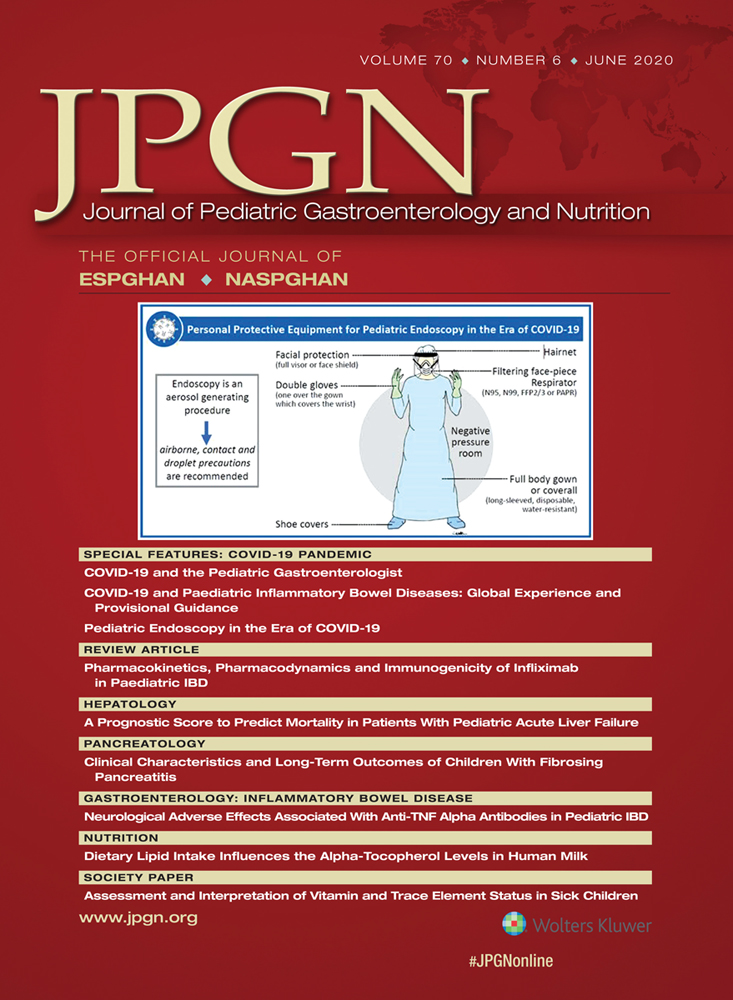Relative Accuracy of Bioelectrical Impedance Analysis for Assessing Body Composition in Children With Severe Obesity
Supplemental digital content is available for this article. Direct URL citations appear in the printed text, and links to the digital files are provided in the HTML text of this article on the journal's Web site (www.jpgn.org).
S.K. was funded by the National Institutes of Health (NIH) T32 Training Grant DK007727. This work was supported by the Clinical Center for Translational Science and Training, Clinical and Translational Science Award (CTSA) program grant 5UL1TR001425-04 from the National Center for Advancing Translational Sciences (NCATS) of the NIH. The content is solely the responsibility of the authors and does not necessarily represent the official views of the NIH.
The authors report no conflicts of interest.
ABSTRACT
Objectives:
The accuracy of different bioelectrical impedance analysis (BIA) devices for assessing body composition in children with obesity is unclear. We determined the relative accuracy of 2 BIA devices compared to dual x-ray absorptiometry (DXA) in obese and severely obese children.
Methods:
We measured body composition in a cross-sectional study of 78 obese children by a handheld single frequency tetrapolar BIA device (Omron), a stationary multifrequency octopolar BIA device (InBody 370) and DXA. Intermethod agreement was assessed by intraclass correlations, paired t tests, and Bland-Altman analyses.
Results:
Participants (37% female, age 14.8 ± 2.7 years) had mean (±standard deviation) body mass index of 36.7 ± 7.5 kg/m2, body fat percentage of 46.4% ± 5.2%, and appendicular lean mass of 22.5 ± 6.0 kg by DXA. Intraclass correlations with DXA for body fat percentage were 0.39 and 0.87 for single frequency tetrapolar and multifrequency octopolar BIA devices, respectively. The single frequency tetrapolar BIA underestimated body fat percentage by 5.5% ± 2.9% (P < 0.0001). Differences between the multifrequency octopolar BIA and DXA for body fat percentage (−1.1% ± 2.8%) and appendicular lean mass (−0.3 ± 1.4 kg) were small, and 95% limits of agreement were approximately ±5%.
Conclusions:
BIA machines vary in relative accuracy in measuring body composition in children who are obese and severely obese. The multifrequency octopolar BIA device accurately estimated body fat percentage and appendicular lean mass relative to DXA and has the advantage of point of care performance.




